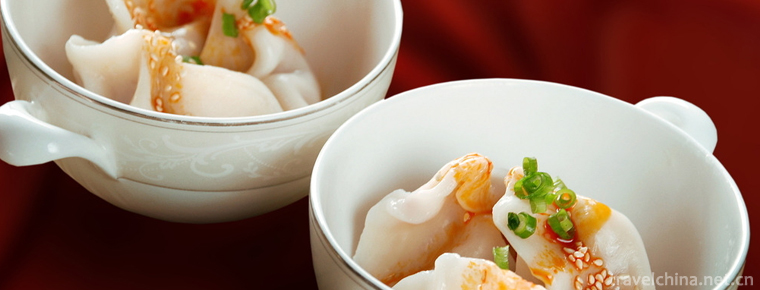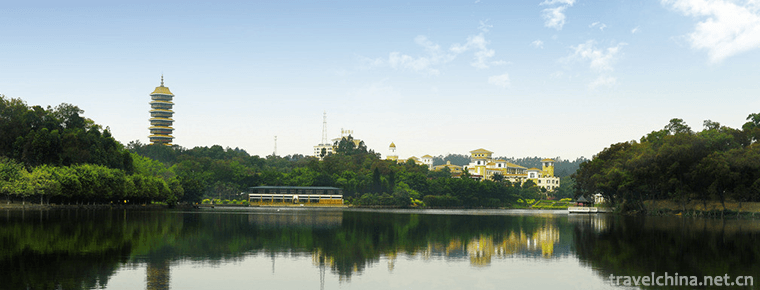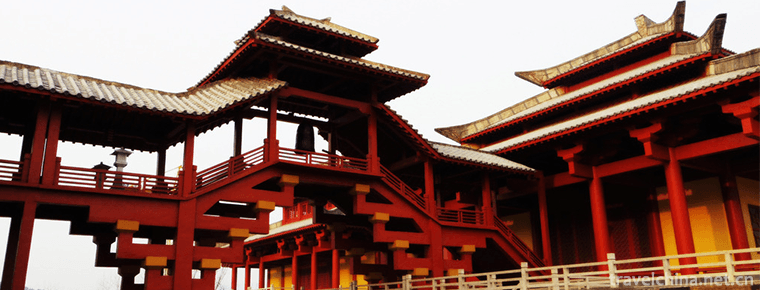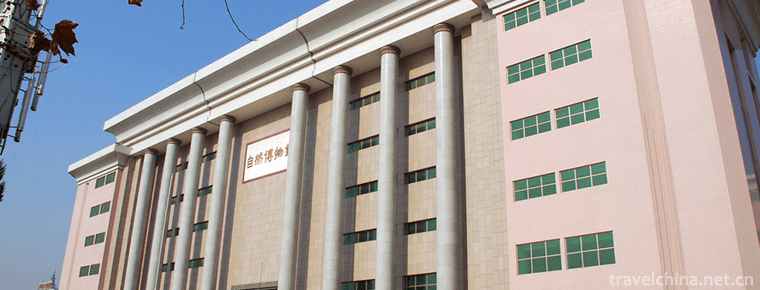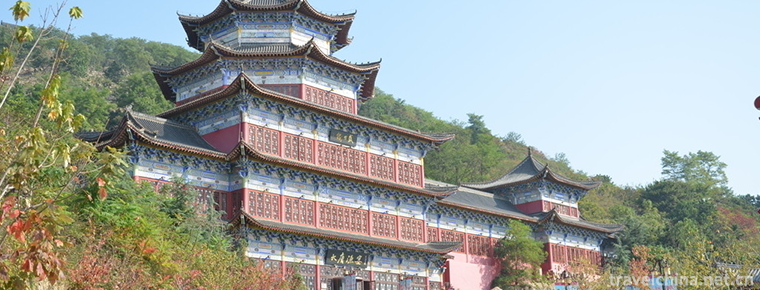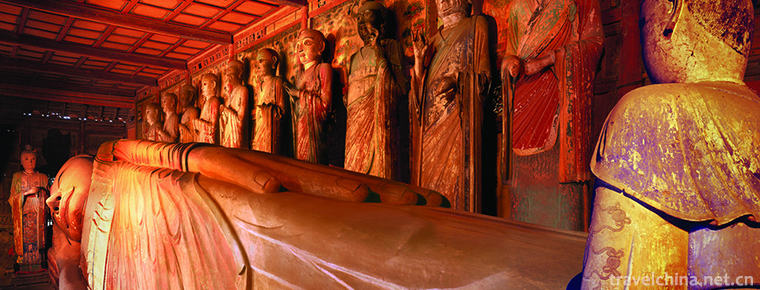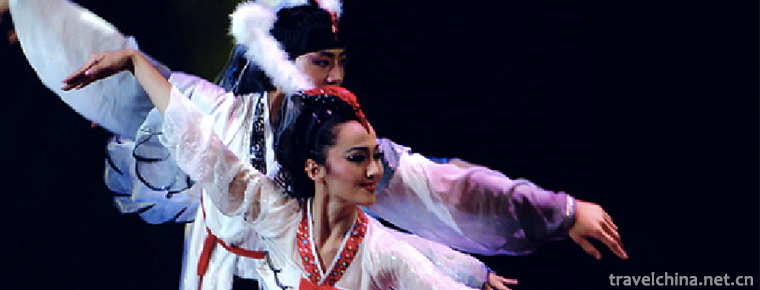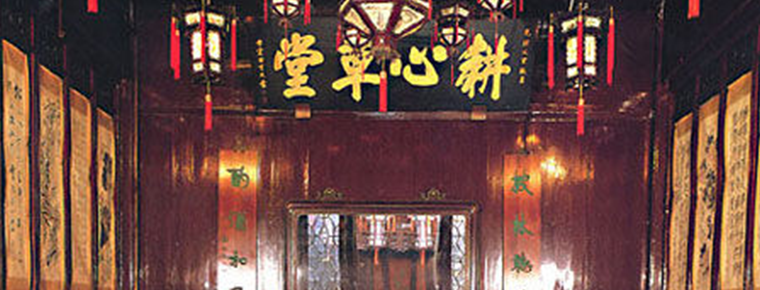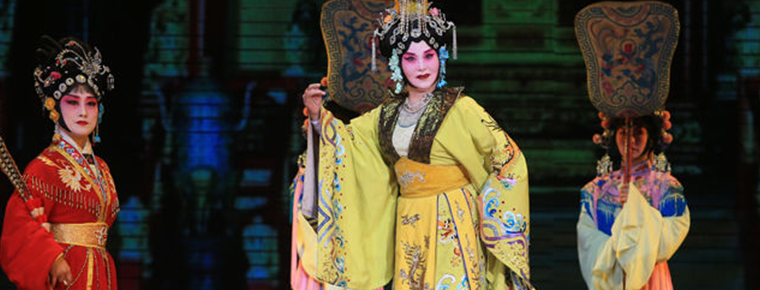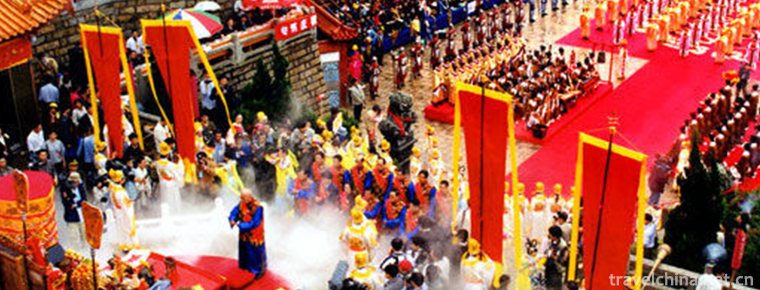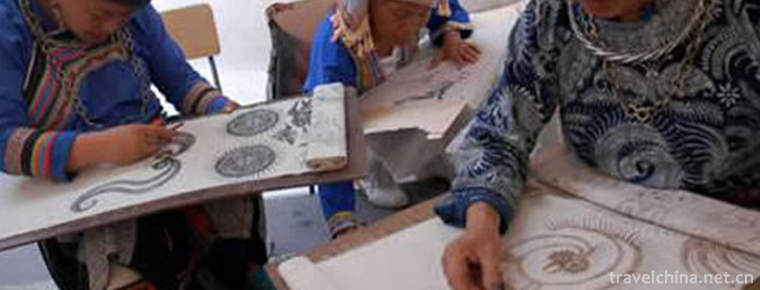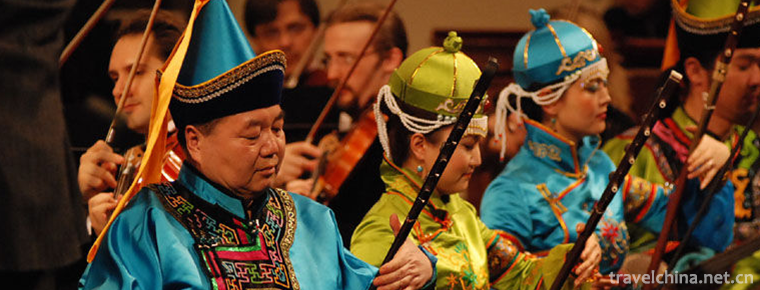Luzhou Laojiao Tourist Area
Luzhou Laojiao Tourist Area
Luzhou Laojiao Tourist Area is located in Jiangyang District, Luzhou City, Sichuan Province. Its transportation is convenient. It is a tourist boutique created by Luzhou Laojiao Co., Ltd. with huge investment. It is famous for the birthplace of Luzhou-flavor liquor and the typical representative of Luzhou-flavor liquor.
In December 1996, Luzhou Laojiao Tourist Area was approved by the State Council as the first national key cultural relics protection unit in the industry.
Historical culture
In December 1996, it was approved by the State Council as the first national key cultural relics protection unit in the industry.
In 2006, Luzhou Laojiao Liquor was listed in the Preparatory List of World Cultural Heritage by the State Administration of Cultural Relics as the only representative of Sichuan Liquor and Luzhou-flavor Liquor in China.
May 2006 was selected as the first batch of "national intangible cultural heritage list" to become the industry's first owned "dual national treasures" enterprises. Luzhou Laojiao Tequ is the oldest four famous liquors in China
Gold Prize of Panama Pacific World Expo in 1915
In 1952, Luzhou-flavor liquor was identified as a typical representative of Luzhou-flavor liquor by the state at the first liquor appraisal meeting in China. It is the only Luzhou-flavor liquor with the title of "Chinese famous liquor" for five consecutive sessions.
Its "Luzhou" brand registered trademark is China's first top ten well-known trademarks, the national cellar brand "trademark in 2006 to obtain liquor the only country" well-known trademark "Luzhou Laojiufang"
Trademark also won the national well-known trademark in 2008. Luzhou Laojiao is the only enterprise in the industry that has won three well-known Chinese trademarks.
geographical environment
Luzhou Laojiao Tourist Area is located in Jiangyang District, Luzhou City, Sichuan Province. Luzhou Liquor Industry began in Qin and Han Dynasty, flourished in Tang and Song Dynasties, flourished in Ming and Qing Dynasties, and developed in New China. Luzhou Laojiao Group is a famous liquor enterprise with a long history at home and abroad. It is a large state-owned backbone liquor group based on 36 ancient liquor-making workshops in Ming and Qing Dynasties.
Luzhou Laojiao has a long history and is the birthplace of Luzhou-flavor liquor in China. It is unique in Chinese liquor industry with many unique advantages. The soul of the tourist line is the exclusive possession of "two national treasures"--the material cultural heritage and the national key protected cultural relic "1573 national treasure pit group" and the representative national intangible cultural heritage work "traditional brewing techniques of Luzhou Laojiao wine".
Main attractions
There are 1573 National Treasure Cellar Pools in Luzhou Laojiao Traditional Liquor Brewing Base, Chunyang Cave of Natural Liquor Storage Cave with Unique Cave Culture, Anning Industrial Park with Outstanding Scientific and Technological Content, the first Liquor Production and Processing Complementary Industrial Park in Southern Sichuan, Luzhou Liquor Industry Centralized Development Zone in Golden Triangle of China Liquor Industry There are many special scenic spots such as the first cellar in China, the exhibition gallery of pure manual brewing techniques, the 79-meter-long relief map of the liquor history of Luzhou Laojiao, the liquor history exhibition hall of the cultural relics of Luzhou liquor, Longquanjing, the source of liquor brewing which has been used for hundreds of years, and the "No. 1 liquor venue in the world" which appreciates the ancient style. A variety of tourism projects, such as filling 168 degree national cellar 1573 original cellar wine and traditional Chinese liquor show, can be provided for tourists'recreation, participation and appreciation; high and middle-grade products with unique local and scenic features of tourist commodity shopping centers can meet the consumption needs of people from all walks of life.
Tourist guide
Address: No. 75 Xinma Road, Jiangyang District, Luzhou City, Sichuan Province
Tickets: 10 yuan, 50 yuan
Opening hours: 09:00-17:30
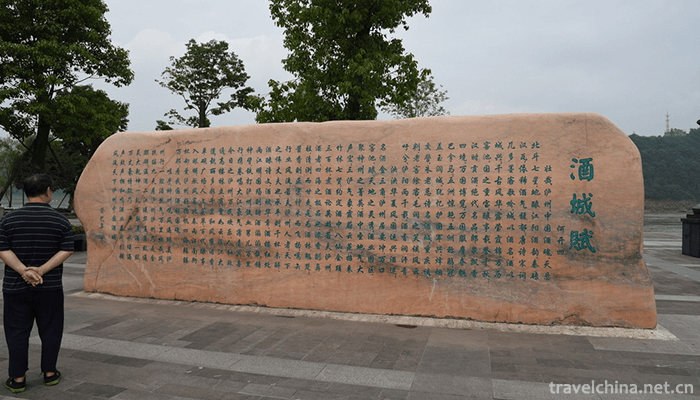
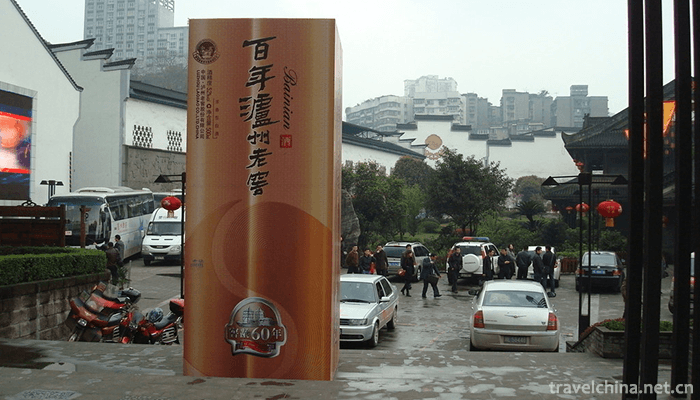
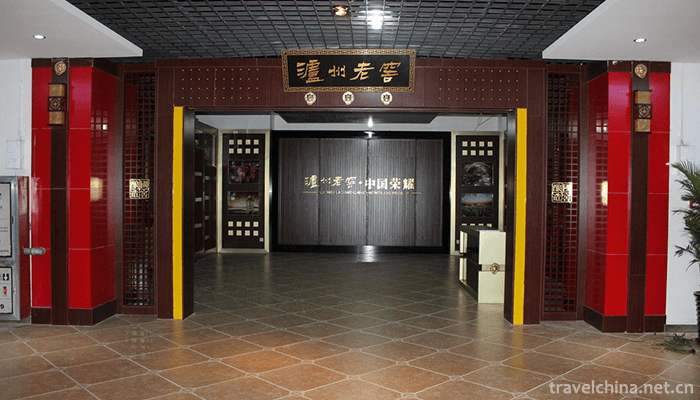
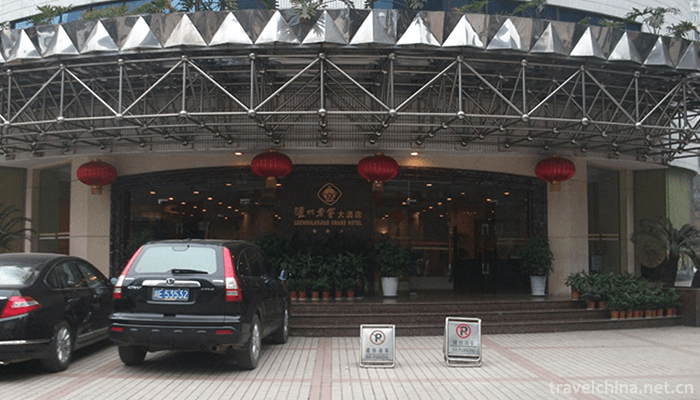
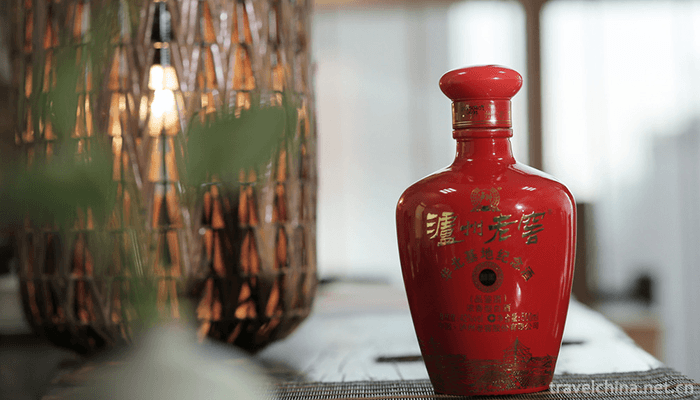
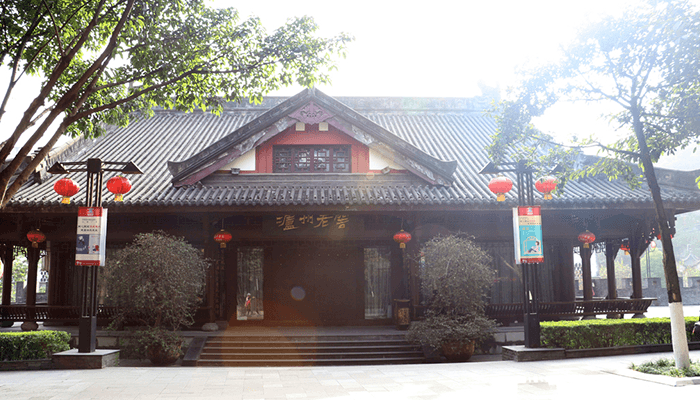
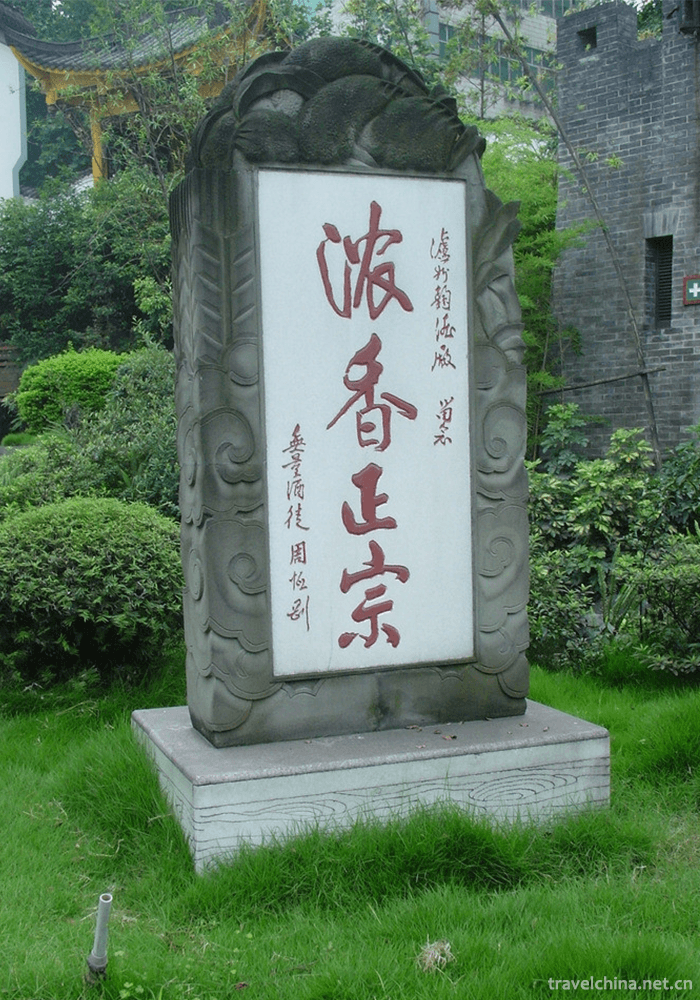
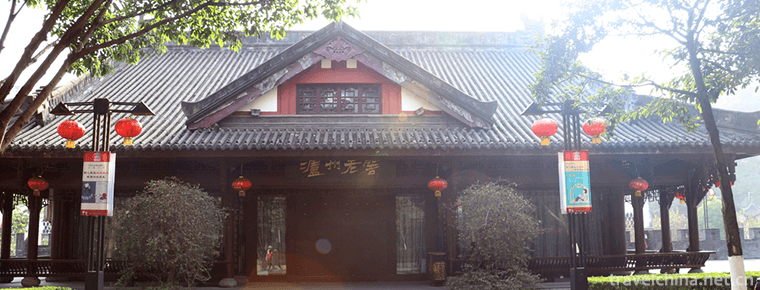
Luzhou Laojiao Tourist Area
-
sanshui forest park
Sanshui Forest Park is located in the north suburb of the southwest town of Sanshui District, Foshan City, Guangdong Province.
Views: 176 Time 2018-12-18 -
Hengdian Film and Television City Scenic Area
Hengdian Film and Television City is a large-scale comprehensive tourist area which integrates film and television, tourism, vacation, leisure and sightseeing. It has been rated as the national AAAAA-
Views: 194 Time 2019-01-13 -
Shandong Tianyu Natural Museum
Shandong Tianyu Natural Museum is located in the western section of Lianhuashan Road, Pingyi County, Linyi City, Shandong Province. It is the largest natural geological museum and the largest dinosaur
Views: 780 Time 2019-02-08 -
Stone Old Man Sightseeing Park
Shilao Sightseeing Park is located in Qingdao City to Laoshan Scenic Area, east of the fishing banquet in the Tang Dynasty, with an area of 1200 mu. Starting at the end of 1999
Views: 234 Time 2019-02-08 -
Zhangye Great Buddhist Temple
The Great Buddha Temple was built in the first year of Yongan, Xia Dynasty (1098), formerly known as the Kaye Tathagata Temple, in the ninth year of Yongle, Ming Dynasty (1411), and in the seventeenth
Views: 263 Time 2019-03-16 -
Korean Crane Dance
Crane Dance of the Korean Nationality has a long history and is a unique dance performance form of the Korean Nationality in China. It has the national characteristics and the value of artistic resear
Views: 213 Time 2019-04-16 -
Hu Qingyutangs Traditional Chinese Medicine Culture
Hu Qingyutang's traditional Chinese medicine culture is one of the national intangible cultural heritages and the traditional trade customs preserved by Hu Qingyutang.
Views: 165 Time 2019-05-03 -
Huai Opera
Huai Opera, also known as Jianghuai Opera and Huai Opera, is an ancient local opera. It originated in Huai'an City, Jiangsu Province, and Lixia River, Yancheng City, and originated in modern Shanghai.
Views: 235 Time 2019-05-04 -
Mazu memorial ceremony
Mazu Festival, which originated in Song Dynasty, experienced Yuan, Ming and Qing dynasties and continued to expand and enrich. By the Qing Dynasty, Mazu was named "Tianhou", and the title re
Views: 231 Time 2019-05-15 -
Miao Batik Dyeing Techniques
Batik dyeing is one of the ancient folk traditional printing and dyeing techniques of the Chinese nation. As early as the Qin and Han Dynasties, the Miao people had mastered batik dyeing techniques, a
Views: 402 Time 2019-06-05 -
Ulger
Uliger, which means "storytelling" in Mongolian, is commonly known as "Mongolian Shushu", "Mongolian Shushu" and "Mongolian Qinshu". It is a form of music art t
Views: 169 Time 2019-06-29
